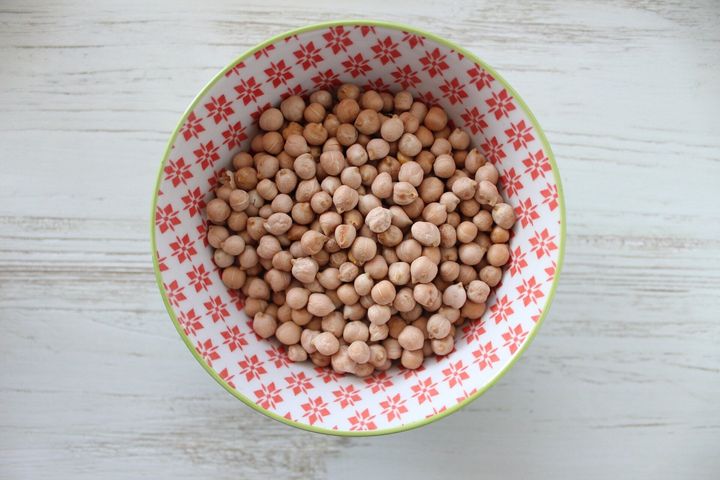
When we think of holiday meals, most of us picture family gatherings surrounded by elaborately decorated tables filled to the brim with every holiday treat. A golden-glazed turkey sits atop a festive and glittery tablecloth accompanied by tart cranberry sauce, a buttery plate of green beans, savoury stuffing– I could go on and on. What we don't picture, is what holiday dinner looks like for the more than 850,000 Canadians (one-third of which are children) who rely on what's available at their local food bank.
Many Canadian families – from a variety of neighbourhoods– live with food insecurity. In a recent survey, nearly 50% of Canadians admitted to knowing someone who has attended a food bank. Our own neigbours may be forced to skip meals to pay for rent, utilities or a bus ride to work. Local food banks are beacons of support and hope in many communities. In addition to feeding hungry families, they provide nutritional education, cooking classes, and partner with grocery stores to repurpose surplus safe food.
We all know that lack of access to healthy foods has detrimental effects on physical health, but mental health can also be affected by food insecurity. Many people who rely on food banks suffer higher rates of heart disease and type 2 diabetes, while children and teens raised in food insecure households have greater risk of depression, social anxiety and suicide. For these and many other reasons, it is more important than ever to make a quality food donation to your local food bank this season.
Before simply cleaning out your pantry, make an informed donation by contributing items that are in need at your local food bank. Here are some of the most-needed items and how you can make them even better for food bank recipients.

1) Grains - Grains are an important part of a healthy diet and are rich in fibre, a heart-healthy nutrient that many people need more of. Instead of white pasta or rice, consider donating whole grain items, including whole grain pasta, oatmeal, barley and quinoa. To check if a product is made with whole grains, just look at the label, the first ingredient should say "whole grain" not "enriched flour" or "unbleached flour."

2) Legumes – These foods can be excellent sources of fibre, protein and zinc. Great choices include dried or canned chickpeas, kidney beans and lentils. If you're going canned, look for ones with no salt added which could help people keep their blood pressure under control.

3) Other proteins - Canned fish such as tuna, salmon and sardines are all great sources of omega-3 fatty acids, an important nutrient for heart health, which makes this a great food to add to your donation. The best donations here are packed in water instead of oil. Plant proteins like seeds, seed butters, nuts, nut butters and soy butters are vital for vegetarians and may be lower in unhealthy fats than canned meats.
4) Fruits and vegetables - Canned fruits and vegetables can make for a great donation too. To make the healthiest donations, look for labels that are packed in water instead of syrup, or those with no salt added. Canned fruit and veggies still contain essential nutrients. Canned tomatoes for example, are high in vitamin C, offer small amounts of vitamin A, folate and potassium.

5) Baby food – With close to 30% of food bank users being children, food options for babies are always in need. Great choices include jarred fruit, vegetable and protein purees (no added salt or sugar options are best), iron-fortified cereals and formula.
6) Non-food items – One of the best things you can donate to food banks is actually money. Financial donations allow food banks to purchase foods they're lacking in and pick up fresh, perishable items from grocery stores. In fact, many food banks have stated that a few hundred thousand dollars in financial donations may equate to a few million dollars' worth of food for families. Food banks also distribute personal care items like diapers, baby wipes, toilet paper, toothpaste, deodorant, and other personal hygiene products so they're also worth considering for your donation.
7) Seasonal items – Food banks will, on occasion, ask for seasonal donations like canned cranberry sauce, baking ingredients and spices. While food staples are most important, these may make great additions to your donation if your local food bank is calling for them. Sometimes it's nice to add an item or two that will make someone's holidays special.
This holiday season, think beyond what to purchase for your usual feast, and make an informed donation to your local Holiday Food Drive. A small donation may be all it takes to help all Canadians sit down to a special holiday meal together.
Néma McGlynn is a registered dietitian with Loblaws. She is part of a network of more than 70 dietitians who provide services like one-on-one consultations, assisted shopping, school tours and recipe ideas at locations across the country.